genetics
Latest

Sir Ian Wilmut, who cloned Dolly the sheep, has died
Sir Ian Wilmut, the scientist who led the team that cloned Dolly the sheep in 1996, has died at 79. The University of Edinburgh, where he served as a professor before his 2012 retirement, announced his passing today.
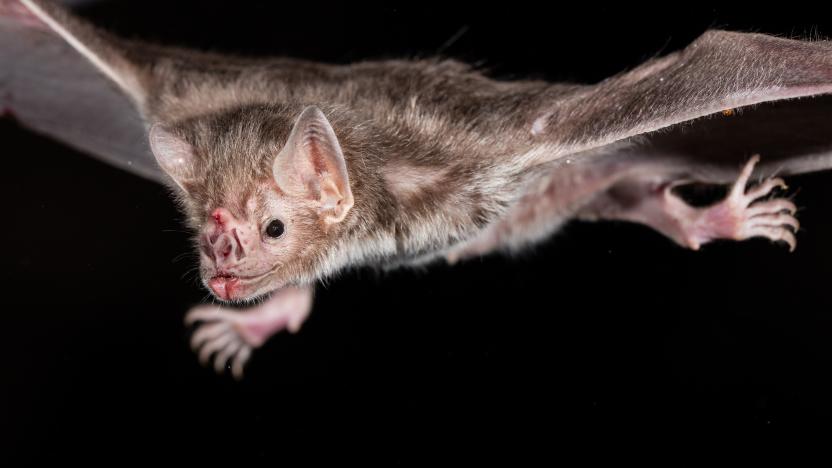
Gene losses allow vampire bats to live solely on a diet of blood
Scientists detail the loss of 13 genes in the blood-sucking mammals.

3D-printed 'living ink' could lead to self-repairing buildings
Scientists have developed a 'living ink' that could be used to print organic materials, possibly including buildings that repair themselves.
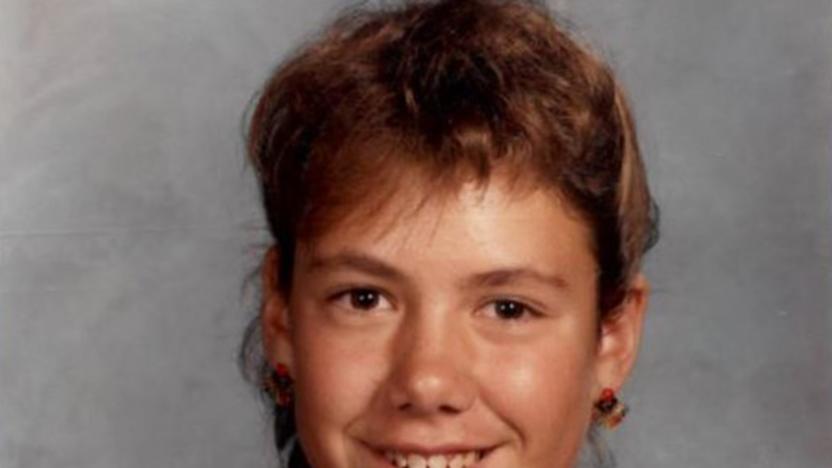
Las Vegas police solve an old murder case using record-low volume of DNA
Las Vegas police have solved a cold murder case using a record-low volume of DNA to conduct gene sequencing.
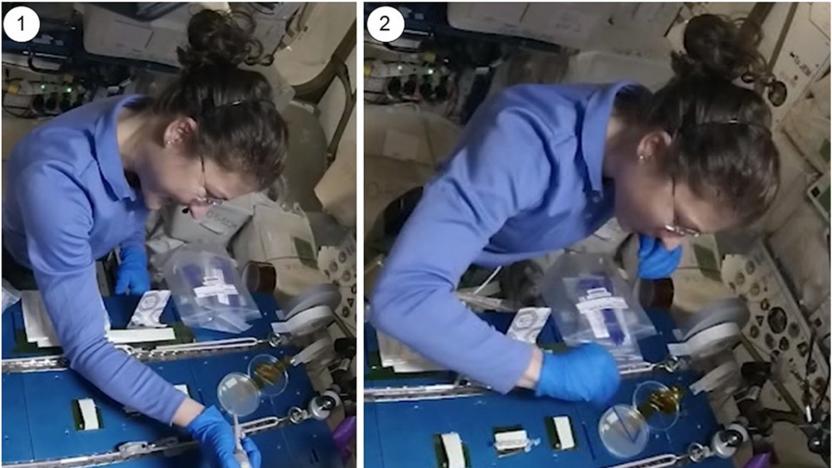
Astronauts show how CRISPR gene editing works in space
Astronauts have successfully used CRISPR gene editing in space for the first time, paving the way for studies of how space travel affects the human body.
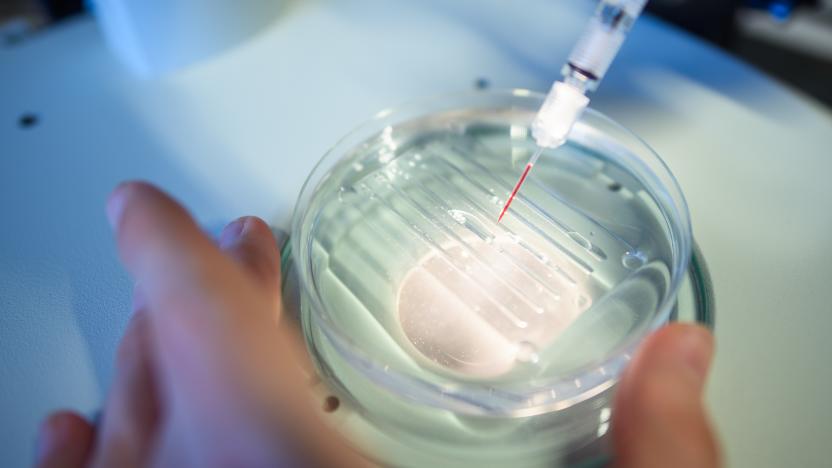
CRISPR gene editing breakthrough could treat many more diseases
Researchers have discovered that you can inject CRISPR gene editing directly into the bloodstream, potentially leading to effective treatments for many diseases.

Scientists show you can collect DNA from the air
Scientists have shown that you can collect DNA from the air, opening new ways to study airborne diseases and investigate crimes.
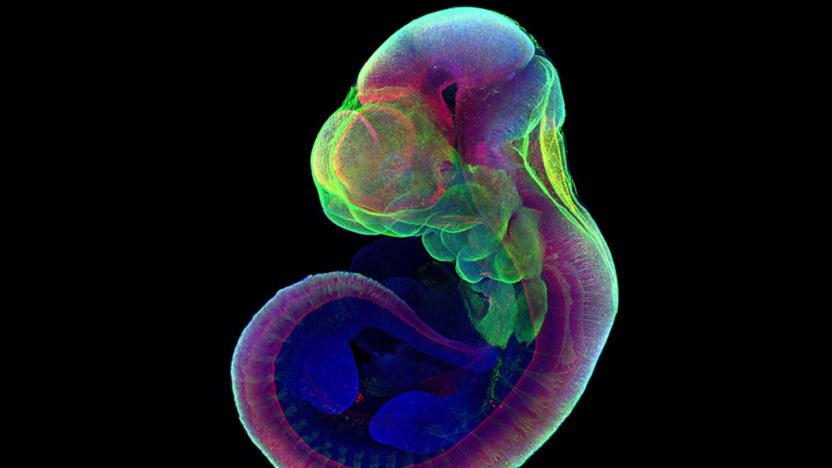
This mouse embryo grew in an artificial uterus
Researchers have managed to grow the embryo of a mammal inside an artificial womb for the first time.
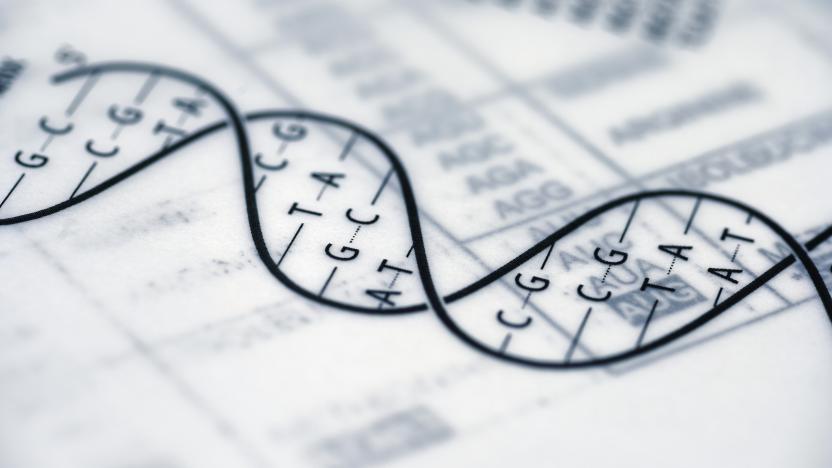
Scientists sequence 64 human genomes to better reflect genetic diversity
Scientists have sequenced 64 full human genomes to better understand genetic diversity in the species.
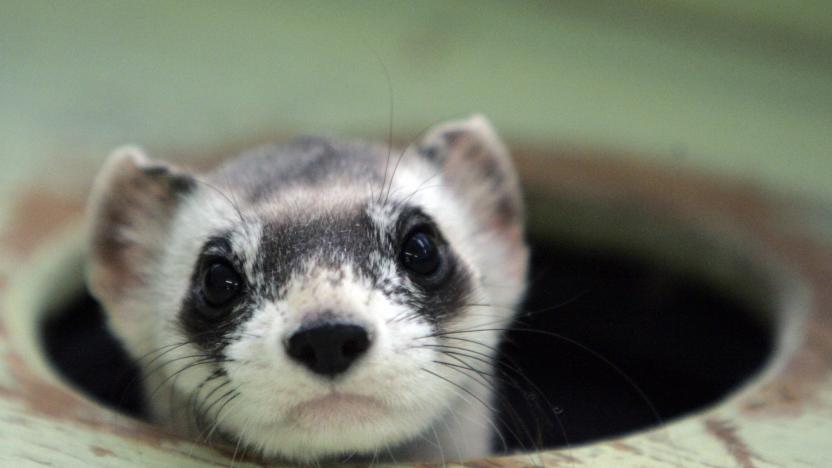
A ferret is the first North American endangered animal to be cloned
Scientists have cloned the first North American endangered species, successfully producing a black-footed ferret.
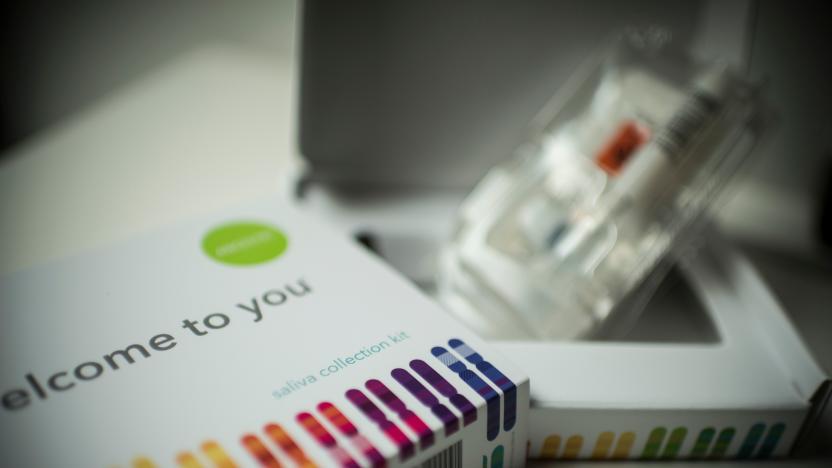
23andMe is going public as it pushes further into healthcare
23andMe is becoming a publicly-traded company through a merger with VG Acquisition, taking the DNA testing firm further into healthcare and research.

CRISPR gene editing pioneers win the 2020 Nobel Prize in Chemistry
CRISPR gene editing pioneers Emmanuelle Charpentier and Jennifer Doudna have won the 2020 Nobel Prize in Chemistry for a 'revolutionary' impact on science.
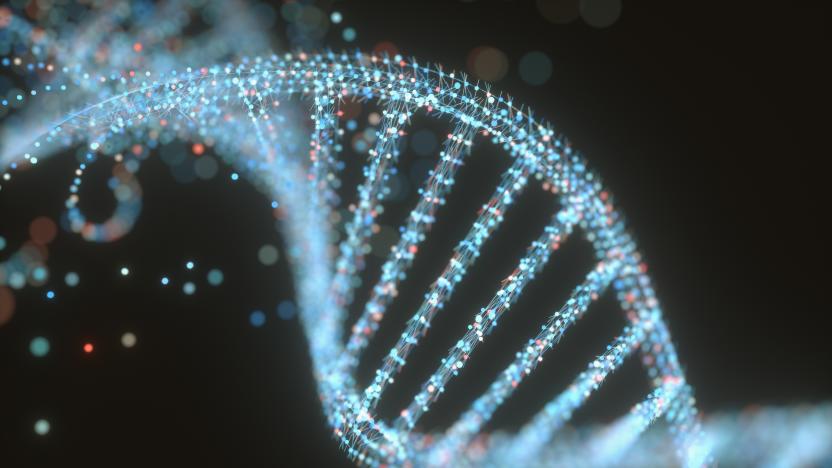
Scientists rename genes because Microsoft Excel reads them as dates
Scientists have been renaming human genes to prevent Microsoft Excel from misreading them as dates and corrupting data.

400,000 new people have joined Folding@Home's fight against COVID-19
The Folding@Home community has turned its attention toward the fight against COVID-19, and it now has massive computational power at its disposal as a result. The distributed computing project is now working with about 470 petaflops of output in its quest to fold proteins, or enough to eclipse the world's top seven supercomputers combined. That's more than twice the 149 petaflops of sustained output from the record-setting Summit supercomputer -- helped in part by the Summit team joining the project over two weeks ago. There's been a roughly 1,200 percent increase in contributors, Folding@Home said, with 400,000 new members in the past two weeks.

'Resurrected' mammoth DNA helps explain why the species went extinct
Reviving the woolly mammoth is still a tall order. However, technology might be far enough along to help explain why the elephant precursor went extinct in the first place. Scientists have 'resurrected' genes from a population of mammoths that survived on a Siberian island until around 4,000 years ago to see what might have contributed to this relic herd dying out. After resurrecting a mammoth's genes through cells in culture, they compared it against both other mammoths and Asian elephants to look for problematic mutations based on known genetic behavior.

23andMe lays off 100 workers amid shrinking demand for DNA tests
If you're skittish about DNA testing services, you're not the only one -- and it's directly affecting one of the heavyweights in the field. The 23andMe team is laying off about 100 workers, or 14 percent of its total workforce, in light of declining sales. The job cuts will focus on units responsible for growing and scaling the company. In the months ahead, 23andMe expects to cut back its work on clinical studies and focus more on its home testing and therapeutic offerings.
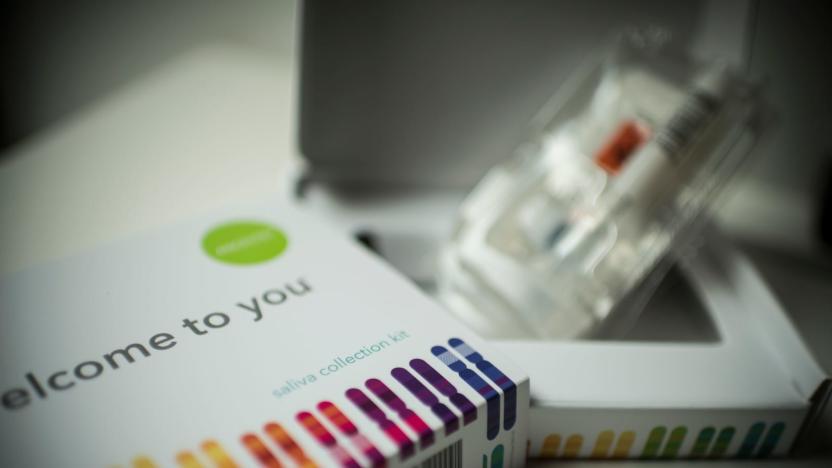
23andMe's VIP service includes a one-on-one chat to explain your DNA
How does a DNA testing service like 23andMe convince you to shell out more when the base results are the same? By rolling out the red carpet, it seems. The company has introduced a $499 VIP Health + Ancestry Service that includes two Health + Ancestry kits, faster lab processing, overnight shipping, a year of "premium" support and, crucially, a 30-minute one-on-one walkthrough of your Ancestry results. Effectively, 23andMe wants to offer a concierge for your genes.
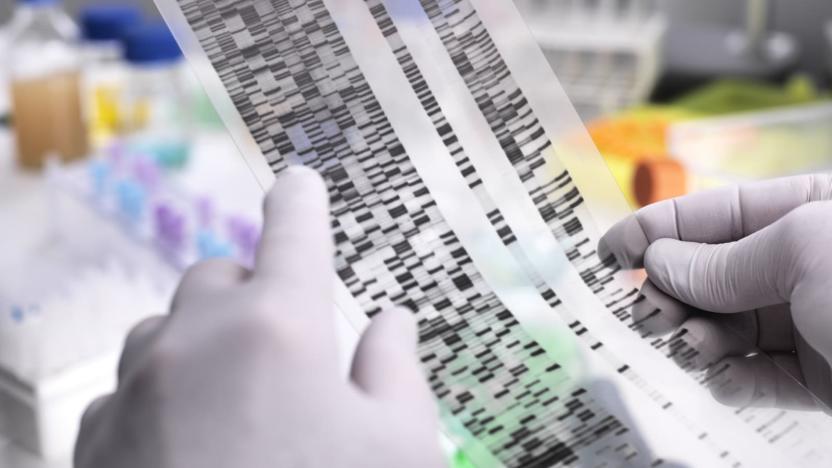
Justice Department sets rules for using genealogy sites to solve crimes
Investigators have used genealogy sites to solve a string of cold cases in recent years, but the US hasn't really had a firm stance on how and when to use those sites. There's now a basic framework in place, however. The Justice Department has established interim rules that determine how this forensic genetic genealogy can be used to tackle unsolved violent crimes. Officials portray it as striking a balance between the desire to solve crimes with the protection of privacy and civil freedoms.
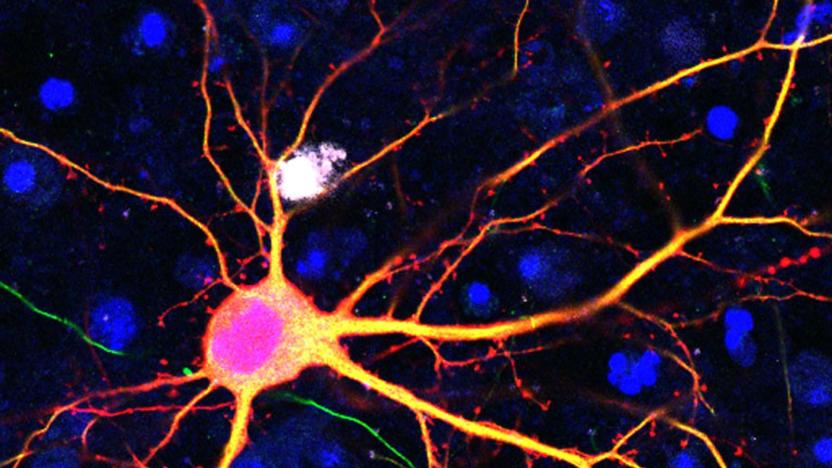
Gene editing tool could treat many diseases created by mutations
The use of gene editing to eliminate diseases has numerous challenges, including the not-so-small problem of dealing with mutation-based conditions like Huntington's. Existing approaches that replace the gene could cause damage. Salk Institute scientists say they've created a tool that can perform edits when mutations are at work. SATI (Single homology Arm donor mediated intro-Targeting Integration) builds on HITI, a variant of the familiar CRISPR-Cas9 gene editing technique, deals with mutations by inserting a healthy copy of a troublesome gene into the non-coding region of DNA. As the DNA repairs itself, the normal gene integrates into the genome alongside the old one -- it eliminates the harm from the mutation without taking risks.

Gene-modified viruses rescue patient from drug-resistant 'superbug'
Doctors normally resort to bacteriophages (bacteria-killing viruses) to kill antibiotic-resistant "superbugs" only when they've run out of options, in part because it's difficult to find the ideal example. It can take months or more just to find a viable candidate. However, they might have a faster solution -- researchers have successfully used genetically modified viruses to treat a chronic, resistant infection in a teenage girl who otherwise faced a bleak prognosis following a lung transplant.



